History
An underground adventure
🕰️ june 27, 1888
On that day, the small village of Camprieu saw the arrival of a strange caravan. Carriages from Paris brought men and mysterious equipment, attracting the curiosity of the farmers who were busy haymaking.
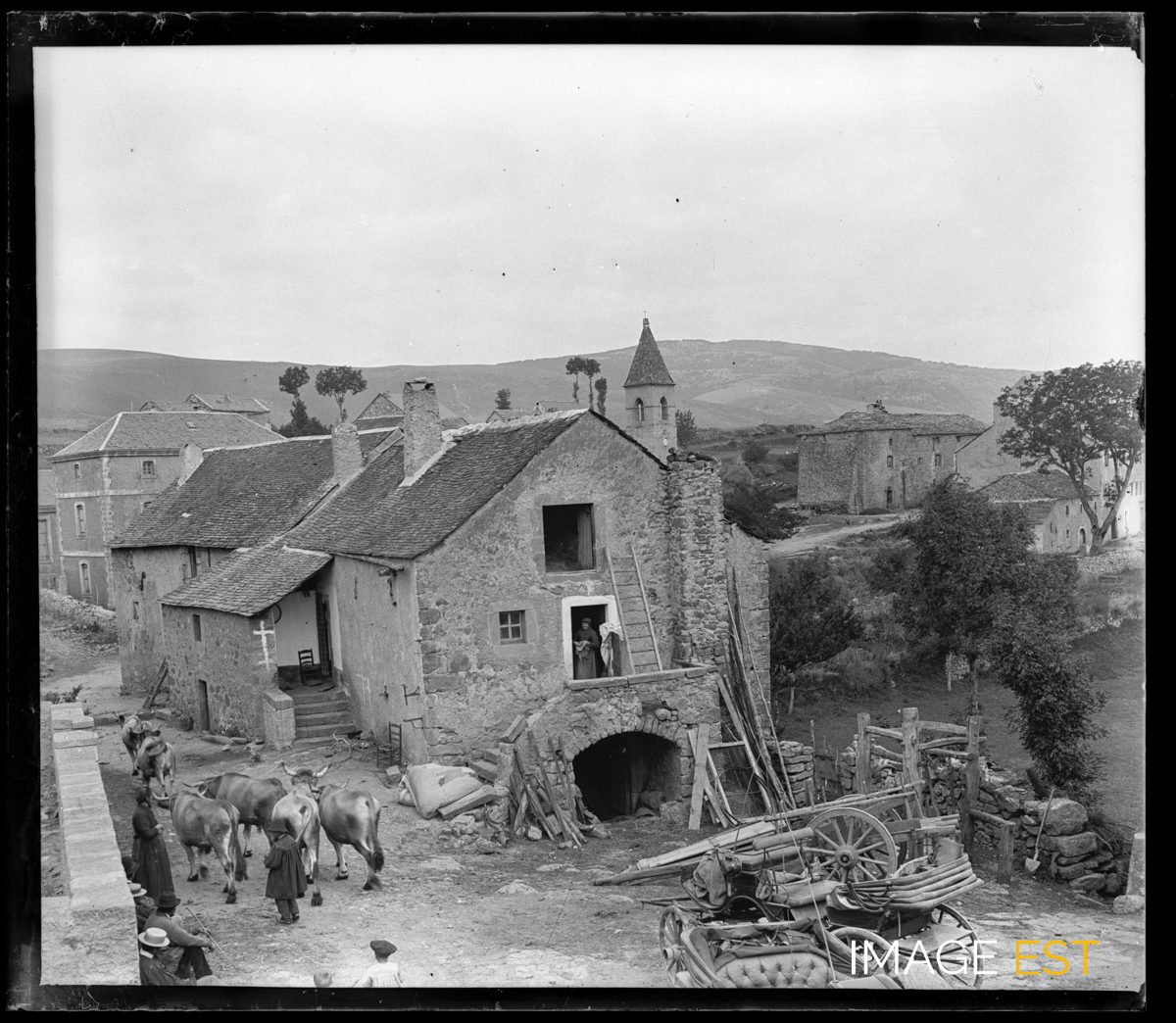
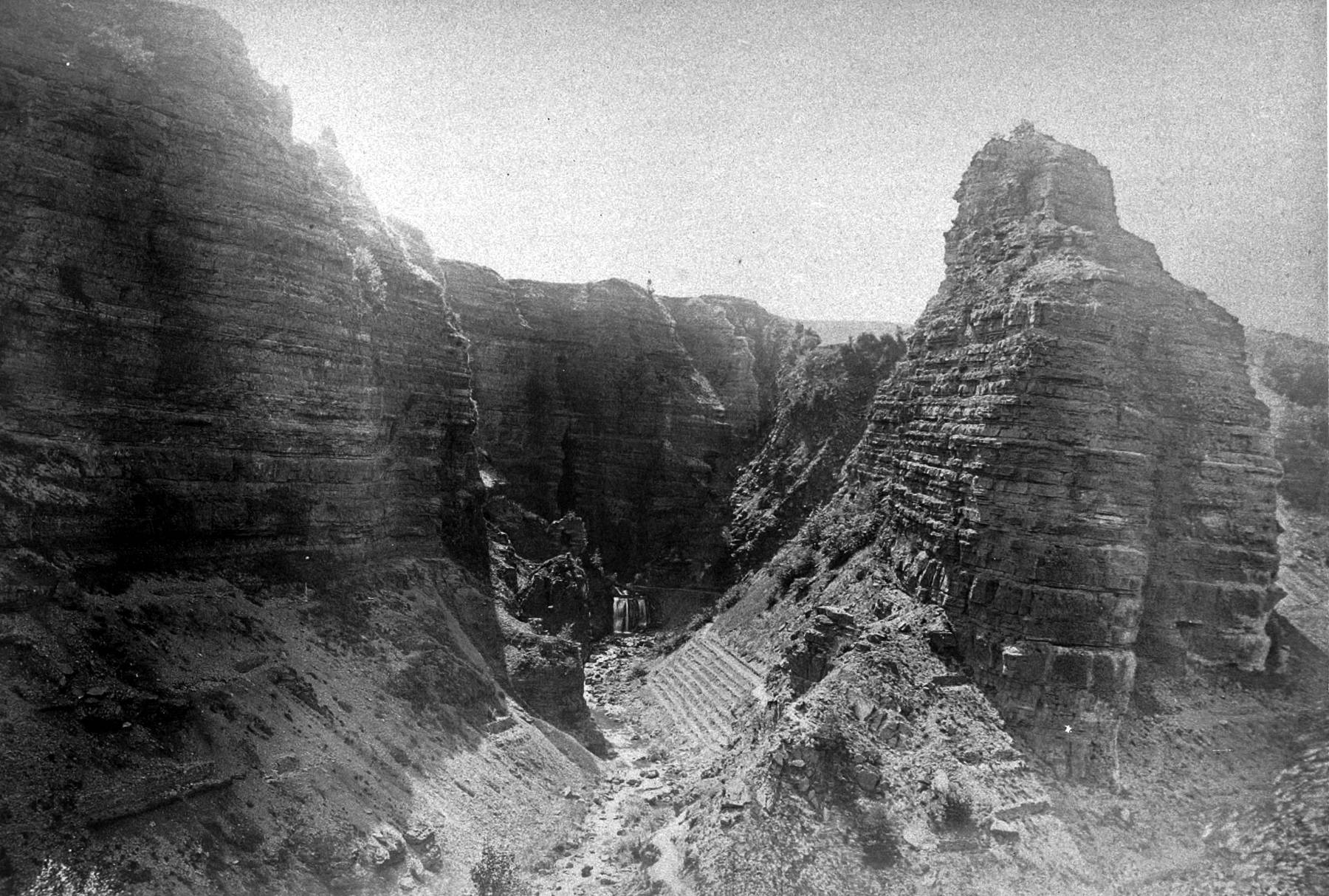
A bold mission
🕰️ Exploring the “Happiness of Darkness”
The expedition leader, Édouard-Alfred Martel, and his team aim to cross the Camprieu plateau via an underground network feared by locals: the Bonheur des Ténèbres.
The mocking inhabitants doubt the success of this “impossible” undertaking and remind them that a man named Vidal, known as “la trouche,” disappeared there a few months earlier without a trace…
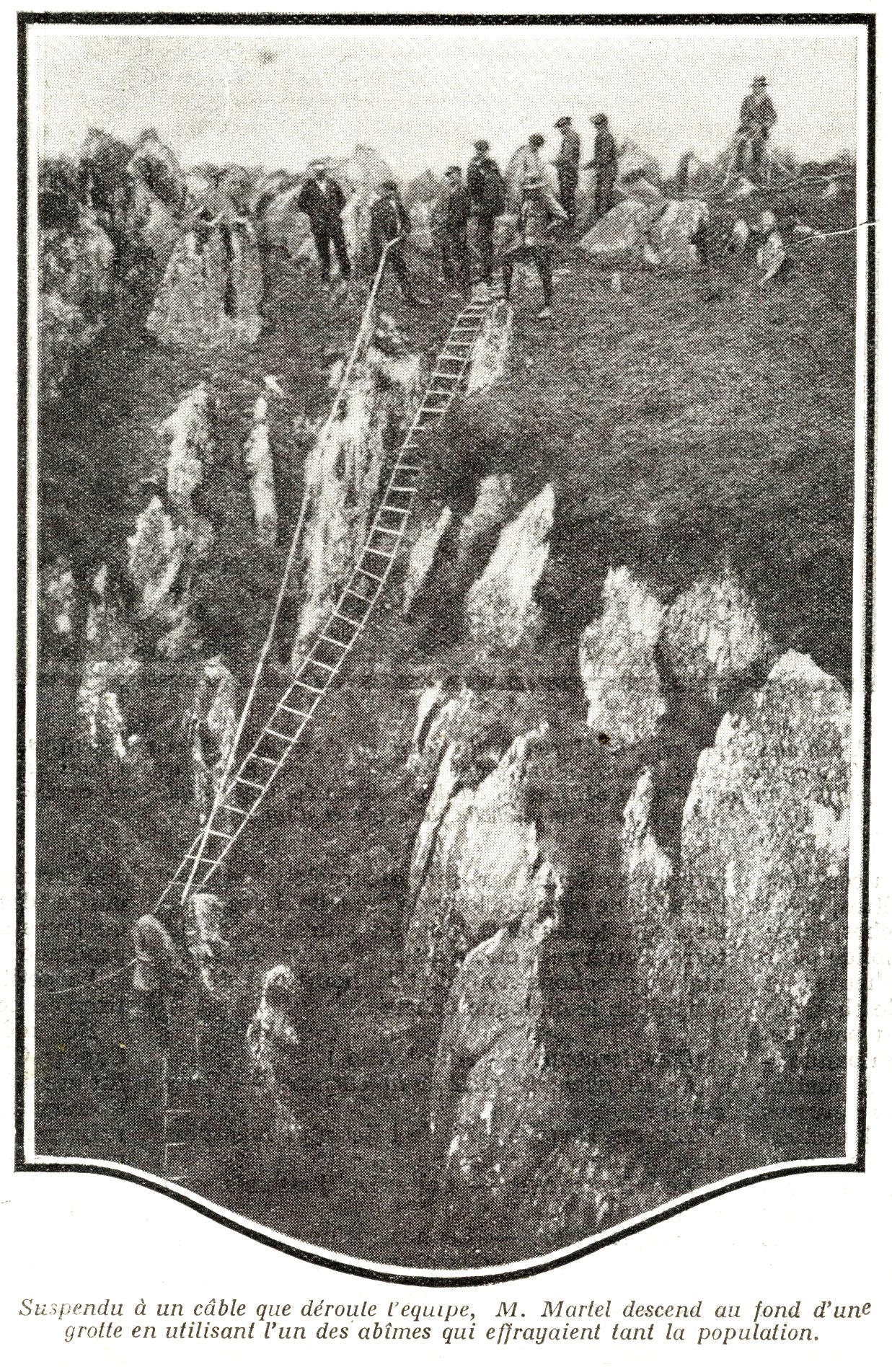
First steps into the depths
🕰️ June 27, 1888
At noon, the team is ready. As a precaution, they decide to begin their exploration from the water outlet, to avoid being swept away by an unpredictable torrent.
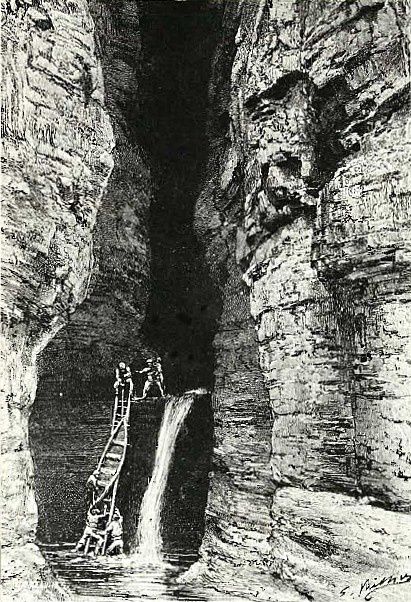
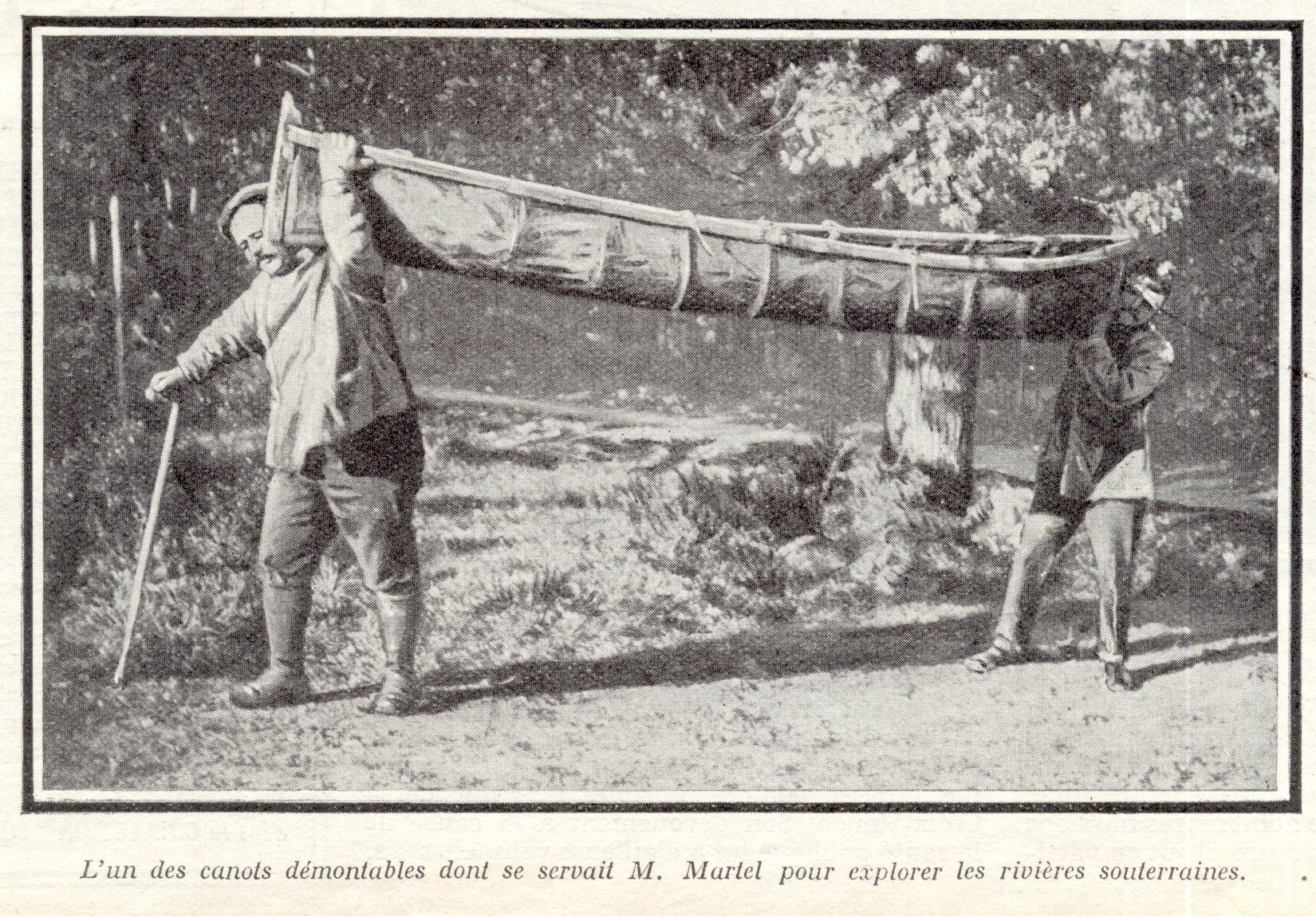
A perilous exploration
The initial reconnaissance reveals a vast underground passage. Martel and his companions explore in their canoe, cross ledges, and even attempt to climb up a chimney.
They have to turn back, as a waterfall that is too high prevents them from taking the canoe any further.

The second day: success!
🕰️ June 28, 1888
The next day, a new attempt was organized, with the help of Émile Michel (Parguel’s brother-in-law) and Pierre Mely, the village schoolteacher. Although Mely quickly gave up, the team managed to reach the point they had reached the day before, this time by following the course of the river, despite the difficulties.
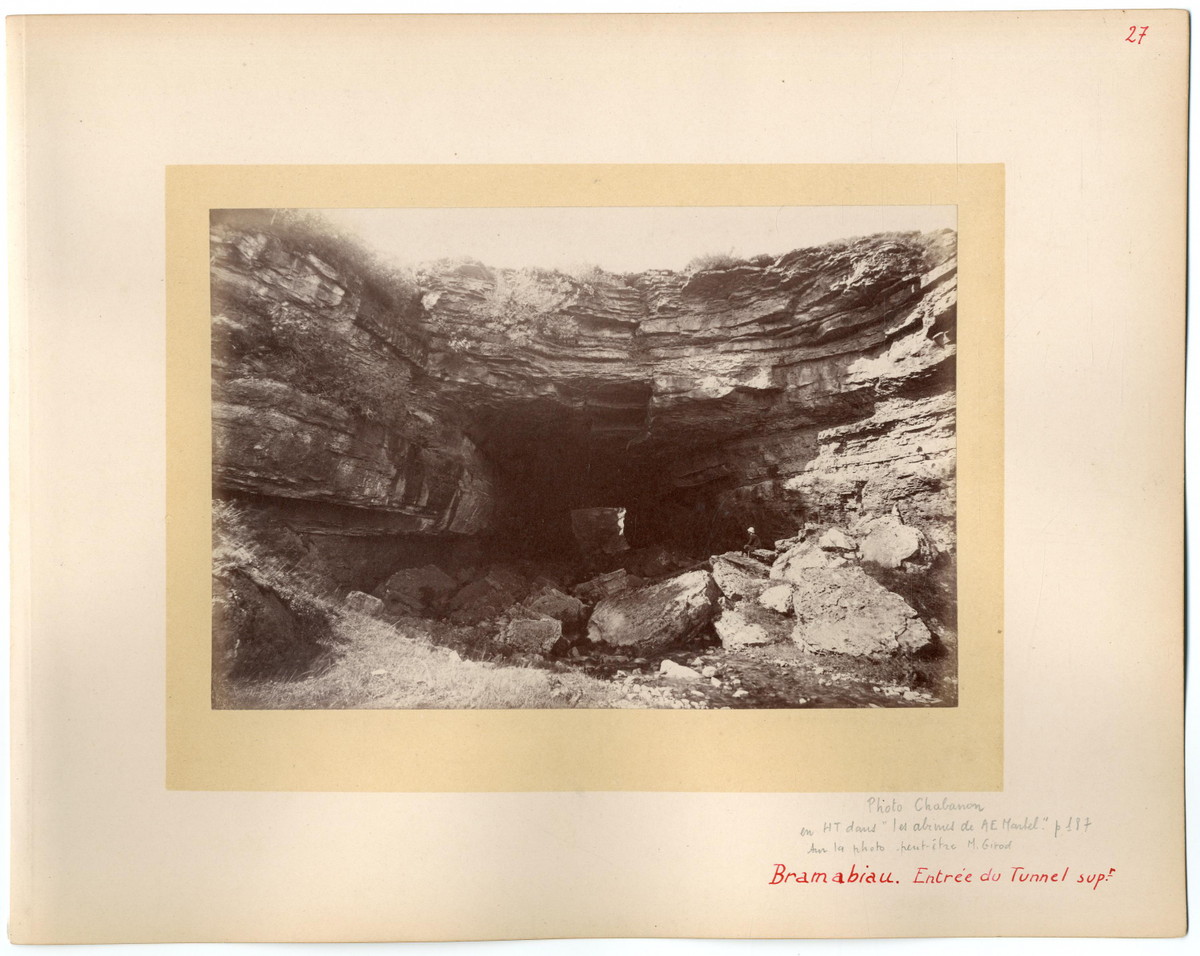
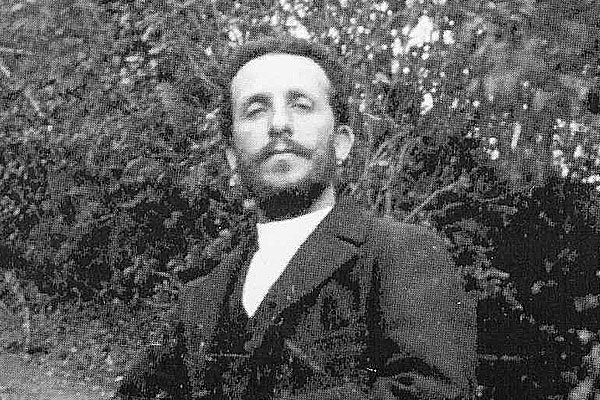
The feat: the birth of modern caving
After 1,300 meters of underground progress, the team emerges triumphant.
They immediately went to the town hall in Camprieu to make their achievement official.
That day marked the first crossing of Bramabiau, now considered the most spectacular cave in the world. >That day marked the first crossing of Bramabiau, now considered the founding act of modern caving.

